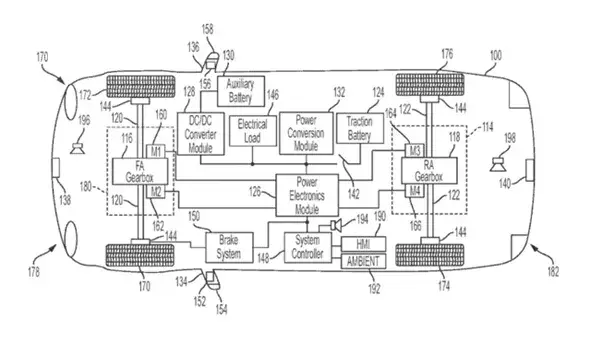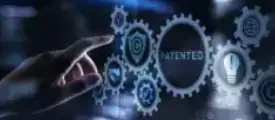By Swaraj Singh Raghuwanshi and Aastha Suri
Green Intellectual Property plays a crucial role in the automobile sector with the aim of promoting and developing innovative technologies, processes, and designs that promote environmental sustainability and reduce the ecological footprint of vehicles. As the automobile industry shifts towards greener practices and cleaner energy sources, the importance of protecting and fostering green intellectual property becomes paramount. From electric and hybrid vehicle technologies to advanced emission control systems, these intellectual property assets play a vital role in shaping a more eco-friendly future for transportation, driving innovation, and benefiting both industry and the planet.
Wireless charging systems already exist but in the form of modifications, components, or products that are made available for purchase and installation after the vehicle has been manufactured and sold by the original equipment manufacturer (OEM). Such aftermarket wireless charging systems for electric vehicles come with several disadvantages, such as compatibility issues, warranty and liability issues, reduced efficiency, safety risks, limited performance, a lack of OEM support, etc. Therefore, there is a need for improvement in existing technologies. One such initiative was taken by the Ford Motor Company. Ford Motor Company filed the U.S. patent application US20230166608A1 titled “Electrified Vehicle Wireless Charging System” on November 30, 2021, which got published by the United States Patent and Trademark Office (USPTO) on June 1, 2022. The patent application discloses potential improvements to the existing wireless charging system.
As disclosed in the patent application, a large number of existing wireless electric vehicle charging systems employ electromagnetic fields to transfer energy from a power source to a receiver on the vehicle without any physical connection. When a wireless charging system is in operation, it generates electromagnetic fields to transmit power wirelessly between the charging pad and the receiving coil in the electric vehicle. The presence of such electromagnetic fields can interfere with the normal functioning of nearby sensitive devices. This interference may also lead to disruptions, malfunctions, or reduced performance on the affected devices. Moreover, such wireless charging systems employing electromagnetic fields to transfer power may be affected by obstructions, particularly metal-containing objects, in close proximity.
In order to overcome the aforementioned challenges, the electrified vehicle disclosed in the patent application primarily comprises a camera, LEDs, and speaker connected to a wireless charger as well as to the vehicle’s controller.

The camera is positioned to capture images of the area outside the electrified vehicle. The main purpose of the camera is to detect obstacles, particularly objects, in the vehicle’s proximity, which helps enhance safety by providing visual information to the vehicle’s controller. The electrified vehicle is equipped with at least one light, likely containing at least one LED. When the wireless charger is receiving power from the external power source, the light operates in a first mode. In response to detecting an object based on the camera’s captured image, the light switches to a second mode. This second mode serves as a warning signal to the driver, alerting them to the presence of an object or obstacle near the vehicle. The electrified vehicles also comprises of an external speaker that is programmed to operate when the electrified vehicle is running in an electric mode at a vehicle speed below a corresponding threshold. It may produce specific sounds or alerts to inform pedestrians and others that the vehicle is operating silently to prevent potential accidents. Additionally, speaker activates in response to detecting an object based on the image from the camera while the wireless charger is receiving power from the eternal power source. This auditory alert serves as an additional safety measure to inform individuals near the vehicle during the charging process. The controller is responsible for coordinating the operations of the aforementioned components to enhance the safety and functionality of the electrified vehicle during the wireless charging process.
The aforementioned cautionary system can detect the presence of an object that may potentially block or interfere with the wireless charging process and may alert the driver or operator, allowing them to take appropriate action to avoid the situation, such as repositioning the vehicle to avoid the obstruction or addressing any potential safety concerns.
In conclusion, the integration of the camera, light, and speaker with the wireless charger in the electrified vehicle significantly enhances safety by detecting nearby objects and providing timely alerts during charging and electric mode operation. Although challenges may exist in integrating such systems, the pursuit of technological advancements, standardization, and potential economies of scale will likely play vital roles in overcoming obstacles and making this innovative system more accessible and widespread. Ultimately, such a system showcases the commitment of the automotive industry to ensuring the future of sustainable and safe transportation[1], [2].
[1] https://patents.google.com/patent/US20230166608A1/en?oq=US20230166608A1
Related Posts
Increased Train Accidents in India: Adopting Patents and Innovations in Train Safety
How much Claim Amendment can be allowed in a Patent Application?


